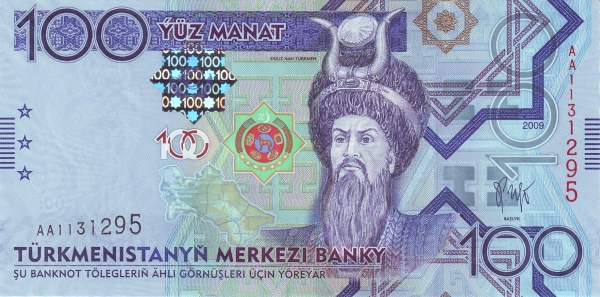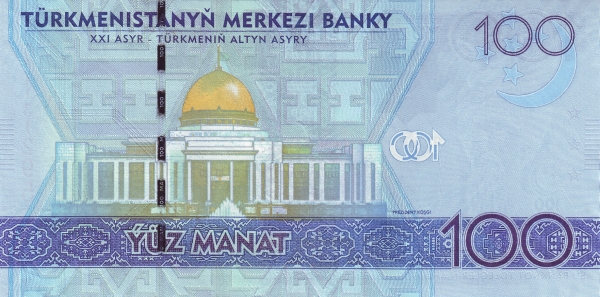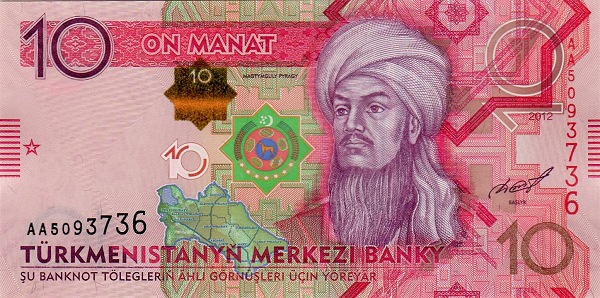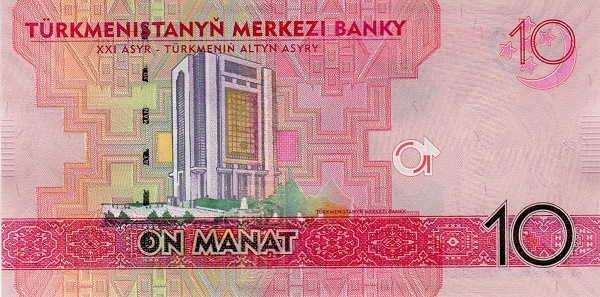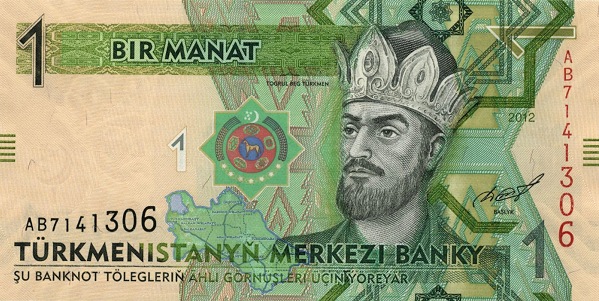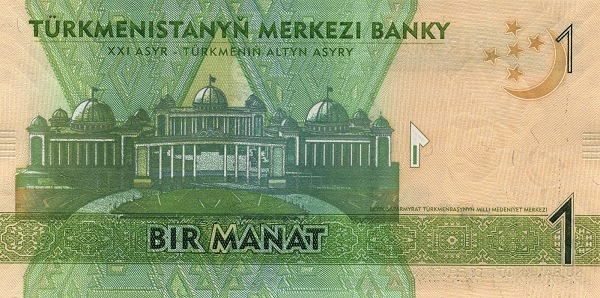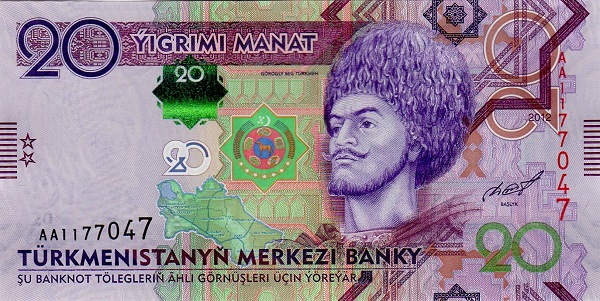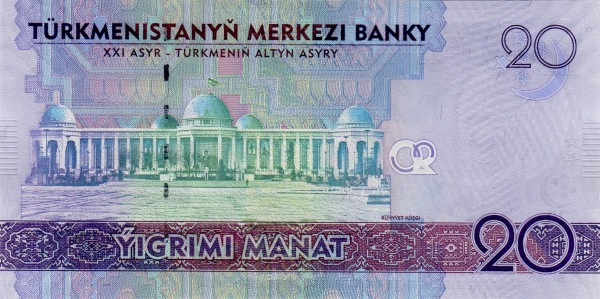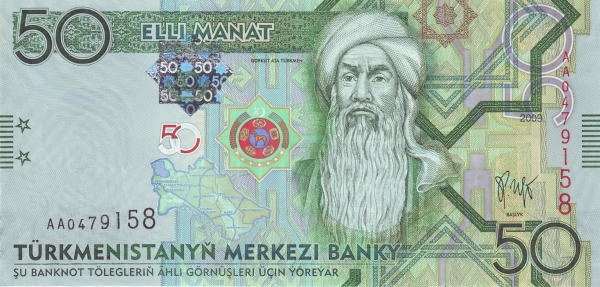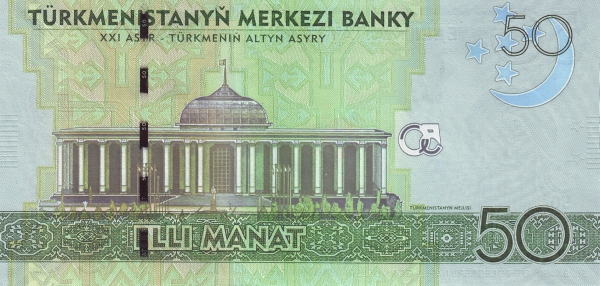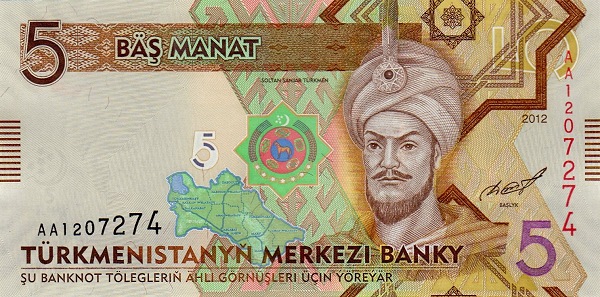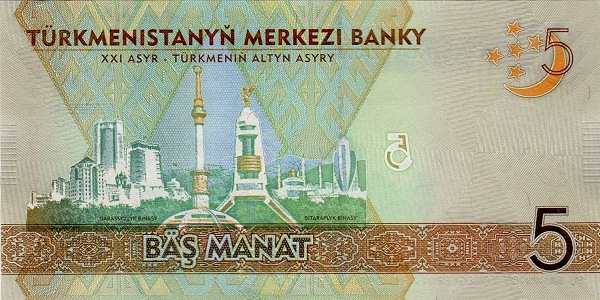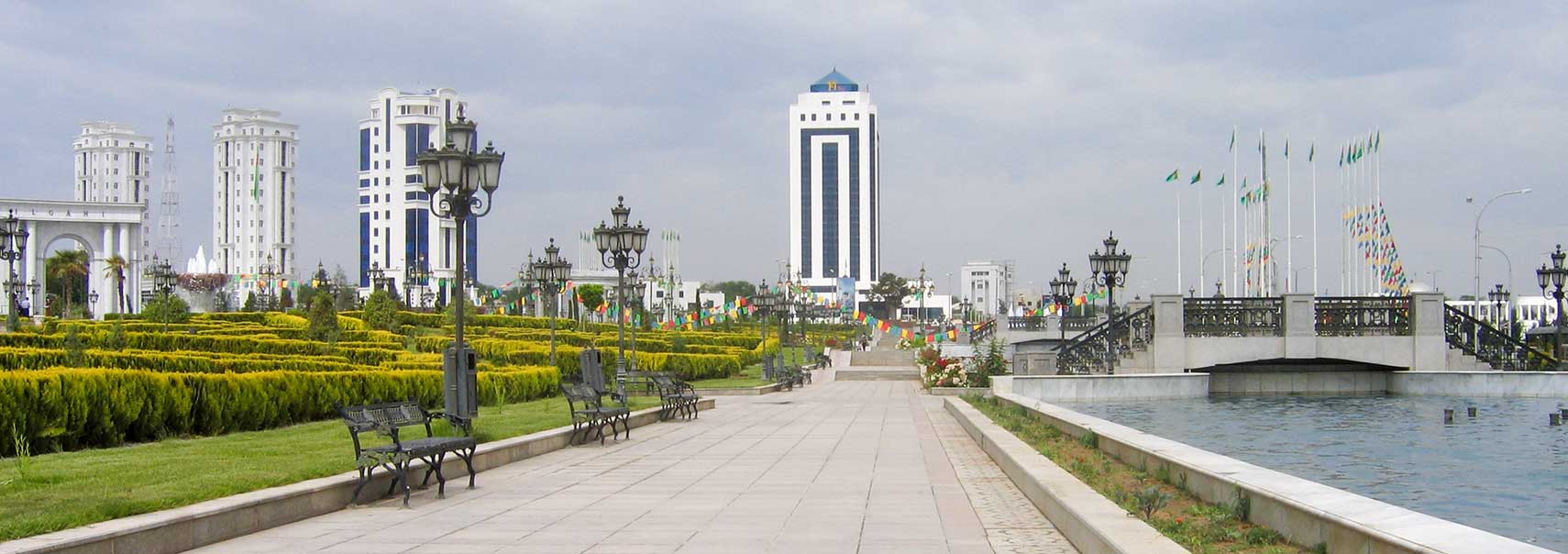Discovering Turkmenistan: A Country of Rich Heritage and Natural Wonders
Located in Central Asia, Turkmenistan lies to the east of the Caspian Sea, nestled between Kazakhstan and Uzbekistan to the north, and Iran and Afghanistan to the south. This intriguing country spans an impressive area of 488,100 km², positioning it slightly smaller than Spain or marginally larger than California. The geographical layout of Turkmenistan offers a blend of striking features, including vast deserts and majestic mountain ranges.
A Unique Landscape with the Karakum Desert and Mountains
Approximately 70% of Turkmenistan is enveloped in the expansive Karakum Desert, known for its desolate, flat terrain punctuated by rolling sand dunes. This harsh but captivating landscape transitions to the stunning Turkmen-Khorasan Mountain Range, or Kopet Dag, which forms a natural barrier between Turkmenistan and Iran. The highest point in this mountain range, Aýrybaba, rises to a staggering 3,138 meters (10,295 feet) and marks the border with Uzbekistan.
Understanding the Population and Culture
With a relatively sparse population of about 5.4 million (as of 2016), Turkmenistan showcases a rich tapestry of cultures and ethnicities. The capital city, Ashgabat (Aşgabat), serves as the heart of the nation. The majority of residents identify as Turkmen (85%), followed by Uzbeks (5%) and Russians (4%). In terms of language, Turkmen holds the official status, while Russian serves as a crucial inter-ethnic means of communication. The predominant religion in Turkmenistan is Islam, with around 84% of the population practicing Sunni Islam and 17% identifying as Eastern Orthodox.
A Historical Overview of Turkmenistan
Turkmenistan's history is steeped in rich traditions, and this land has witnessed countless civilizations thrive over the centuries. Historically, the region fell under the control of various Persian empires and saw the conquests of individuals such as Alexander the Great. Likewise, it experienced incursions by Muslim armies and the Mongols, as well as Turkic warriors. The Russian Empire annexed Turkmenistan between 1865 and 1885, and it subsequently became a Soviet republic in 1925.
Following the dissolution of the USSR in 1991, Turkmenistan secured its independence. For over two decades, the country was under the leadership of President Saparmurat Niyazov, who ruled with an iron fist from 1985 until his passing in 2006. During his regime, Niyazov maintained strict control over political opposition and state affairs.
Modern-Day Governance and Politics
Turkmenistan's political landscape encompasses a single-party system, with the 'Democratic' Party of Turkmenistan being the only political party legally permitted to operate. After Niyazov's death, the nation held its first multi-candidate presidential election in February 2007, bringing Gurbanguly Berdimuhamedow to power. Despite his overwhelming reelection victory in February 2012, many observers characterized the election as lacking genuine democratic integrity.
Natural Resources: The Backbone of Turkmenistan's Economy
Turkmenistan boasts abundant natural resources that are transforming its economy. Key among these are extensive hydrocarbon reserves, particularly natural gas. These resources are not yet fully tapped, offering potential for future growth. In 2010, Turkmenistan initiated new gas export pipelines that transport its natural gas to China and northern Iran, effectively breaking the Russian monopoly that had existed for decades.
Geographical Insights into Turkmenistan
Turkmenistan's geography features a unique profile. The nation is located in central Asia, bordered by the Caspian Sea to the west. The local terrain primarily consists of a flat-to-rolling sandy desert, with the prominent Karakum desert covering a substantial 80% of Turkmenistan's total area. The country enjoys a subtropical desert climate, contributing to its distinct ecosystem.
Demographics and Cultural Identity
The nationality of individuals residing here is Turkmenistani. With a population estimated at 5.4 million in 2016, the demographic landscape consists predominantly of Turkmen (85%), along with smaller percentages of Russians (7%), Uzbeks (5%), and various other ethnic groups (3%). A remarkable literacy rate of 98% further highlights the nation's dedication to education and cultural growth.
Economic Landscape: Industries and Agriculture
The economy of Turkmenistan revolves around its rich natural resources, which include oil, natural gas, coal, and an array of precious metals. Agriculture also plays a vital role, with key products such as cotton, wheat, and melons, alongside sizeable livestock farming operations. The industrial sector primarily focuses on natural gas production, oil refining, textiles, and food processing. Export activities often feature commodities such as gas, crude oil, and petrochemicals. Turkmenistan's main export partners include China, taking about 68.6% of total exports, followed by Turkey at 4.9%.
Import Needs and Future Directions
In terms of imports, Turkmenistan relies on machinery and equipment, chemicals, and various foodstuffs, which are crucial for supporting its growing economy. As the nation continues to harness its natural wealth, Turkmenistan stands at a crossroads of potential, with opportunities to elevate its international standing through increased trade and diplomatic relationships. The journey of this vibrant country is only just beginning, and its extraordinary landscape and rich culture invite exploration and appreciation.
Largest cities of: Turkmenistan
| City Name | Population | Year of foundation | |
| Ashgabat | 1,034,000 | 1881 | |
| Balkanabat | 180,000 | 1940 | |
| Mary | 130,000 | circa 552 | |
| Dashoguz | 90,000 | 1810 | |
| Lebap | 80,000 | 1970 | |
| Turkmenbashi | 70,000 | 1945 | |
| Gokdepe | 50,000 | 1881 |
Turkmenistan: Money
